What Are The Application Of The Ballast Blaster Undercutter?
Railway maintenance is a crucial aspect of ensuring safe and efficient train operations. One of the most important tools in this process is the ballast blaster undercutter. This versatile machine plays a vital role in maintaining the integrity of railway tracks, but what exactly are its applications? Is it suitable for all types of railway tracks? How does it adapt to different sleeper specifications? And can it handle wet or loose ballast environments? In this comprehensive guide, we'll explore these questions and more, shedding light on the invaluable role of the ballast blaster undercutter in modern railway maintenance.
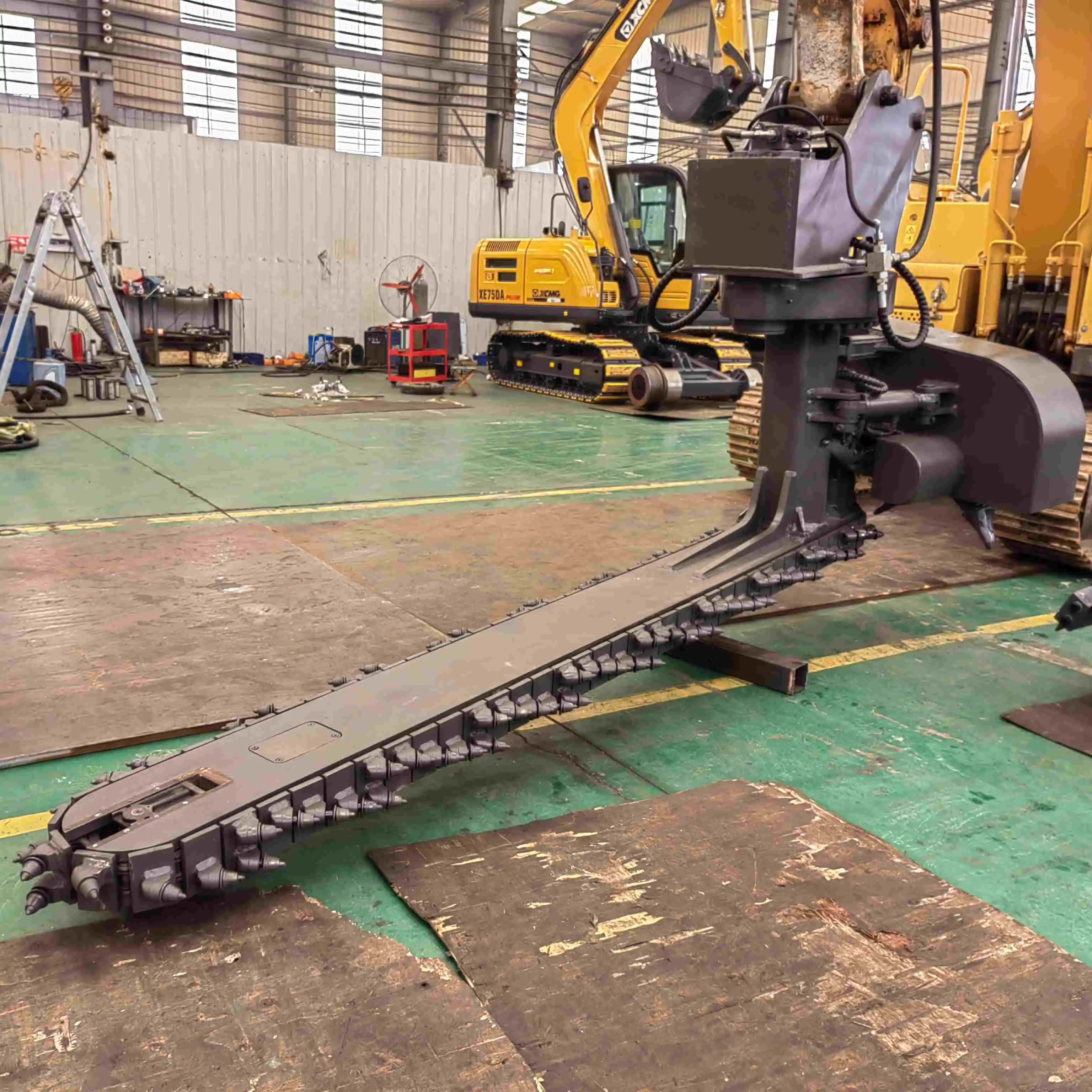
Understanding the Ballast Blaster Undercutter: A Versatile Railway Maintenance Tool
The ballast blaster undercutter is a specialized piece of equipment designed to clean and restore the ballast beneath railway tracks. Ballast, which consists of crushed stone, plays a crucial role in distributing the load of trains, providing drainage, and maintaining track stability. Over time, this ballast can become contaminated with fine particles, reducing its effectiveness. This is where the ballast blaster undercutter comes into play.
Its primary function is to remove the contaminated ballast from beneath the tracks, clean it, and then replace it. This process helps maintain proper track alignment, improve drainage, and extend the life of the railway infrastructure. The machine operates by using a series of cutting chains or bars that excavate the ballast from beneath the tracks. The excavated material is then processed through a series of vibrating screens and air blowers, which separate the reusable ballast from the contaminated fines.
One of the key advantages is its ability to perform this maintenance without the need to completely dismantle the track structure. This results in significantly reduced downtime and cost savings for railway operators. Additionally, the process is environmentally friendly, as it allows for the reuse of existing ballast material rather than requiring the constant introduction of new stone.
The applications extend beyond simple cleaning. These machines can also be used for track lowering operations, where the overall height of the track needs to be reduced. This is particularly useful in situations where overhead clearances need to be increased, such as when electrifying a railway line or accommodating taller rolling stock.
Compatibility with Different Railway Track Types
One of the most common questions about ballast blaster undercutters is whether they are suitable for all types of railway tracks. The answer is that while these machines are incredibly versatile, their suitability can vary depending on the specific track configuration and maintenance requirements.
Standard ballasted tracks, which are the most common type found on mainline railways, are highly effective. These tracks typically consist of rails fastened to sleepers (also known as ties) that sit on a bed of ballast. The undercutter can easily access the ballast beneath these tracks, making it an ideal tool for maintenance.
However, for specialized track types, such as slab track or embedded rail systems often found in urban transit systems, the use of a ballast blaster undercutter may not be appropriate. These track types don't use traditional ballast, so different maintenance techniques are required.
It's also worth noting that the effectiveness of a ballast blaster undercutter can be influenced by factors such as track curvature, gradient, and the presence of trackside structures. Modern undercutters are designed with flexibility in mind, often featuring adjustable cutting widths and depths to accommodate various track configurations. Some advanced models even incorporate laser guidance systems to ensure precise operation on complex track layouts.
For high-speed rail lines, which require exceptionally high standards of track geometry and stability, ballast blaster undercutters play a crucial role in maintaining these exacting standards. The ability to clean and redistribute ballast without disturbing the overall track structure is particularly valuable in these high-performance environments.
Adapting to Different Sleeper Types and Specifications
Railway sleepers, also known as railroad ties, come in various types and specifications. The most common materials used for sleepers are wood, concrete, and steel, each with its own characteristics and maintenance requirements. A key feature of modern ballast blaster undercutters is their ability to adapt to these different sleeper types.
For wooden sleepers, which are still widely used in many parts of the world, need to operate with care to avoid damaging the relatively soft material. The cutting depth and force are typically adjusted to account for the characteristics of wooden sleepers. Additionally, the undercutter's cleaning system must be capable of handling the organic debris that can accumulate around wooden sleepers over time.
Concrete sleepers, which are becoming increasingly common due to their durability and longevity, present a different set of challenges. These sleepers are heavier and have a different profile compared to wooden ones. ballast blaster undercutters designed for use with concrete sleepers often have more robust cutting mechanisms and may incorporate additional features to handle the increased weight and different geometry of these sleepers.
Steel sleepers, while less common, are sometimes used in specific environments such as areas with high moisture or extreme temperatures. ballast blaster undercutters working with steel sleepers need to be configured to avoid damaging the metal surface while still effectively cleaning the surrounding ballast.
Modern ballast blaster undercutters often feature adjustable cutting widths and depths, allowing them to adapt to different sleeper spacings and sizes. Some advanced models even incorporate sensors and computer-controlled systems that can automatically adjust the cutting parameters based on the detected sleeper type and track configuration.
It's worth noting that the adaptation to different sleeper types isn't just about the physical interaction between the machine and the track components. The cleaning and sorting systems of the undercutter also need to be capable of handling the different types of debris and contamination associated with various sleeper materials. For instance, wooden sleepers may introduce more organic matter into the ballast, while concrete sleepers might contribute more mineral fines.
Performance in Wet or Loose Ballast Environments
Railway tracks are exposed to a wide range of environmental conditions, including varying levels of moisture and ballast stability. The performance of a ballast blaster undercutter in wet or loose ballast environments is a critical consideration for railway maintenance teams.
In wet conditions, the ballast can become saturated, leading to reduced stability and increased contamination with fine particles. Traditional maintenance methods can struggle in these conditions, but modern ballast blaster undercutters are designed to handle wet ballast effectively. Many models incorporate enhanced drainage systems within their excavation and cleaning mechanisms, allowing them to process wet material without clogging.
Some advanced undercutters even feature integrated drying systems, which can help to reduce the moisture content of the processed ballast before it's returned to the track bed. This not only improves the immediate stability of the track but also helps to prevent future water-related issues.
Loose ballast presents a different set of challenges. In areas where the ballast has become unstable due to factors such as vibration, poor initial compaction, or material degradation, the undercutter needs to operate with extra care. Many modern machines incorporate variable-speed cutting systems and adjustable excavation depths, allowing operators to tailor the undercutting process to the specific conditions of the loose ballast.
The ability of ballast blaster undercutters to operate in various environmental conditions extends their utility and allows for more flexible maintenance scheduling. This is particularly valuable in regions with variable weather patterns or in areas where access to the track for maintenance is limited to specific time windows.
Ballast Blaster Undercutter: A Cornerstone of Modern Railway Maintenance
The ballast blaster undercutter has proven to be an indispensable tool in the arsenal of railway maintenance equipment. Its versatility in handling different track types, adapting to various sleeper specifications, and performing effectively in challenging environmental conditions makes it a cornerstone of modern railway maintenance strategies.
As railway networks continue to expand and evolve, the demands placed on maintenance equipment grow correspondingly. The ongoing development of ballast blaster undercutter technology, with improvements in areas such as automation, precision, and environmental impact, ensures that these machines will continue to play a crucial role in maintaining the safety, efficiency, and longevity of railway infrastructure worldwide.
Tiannuo Machinery's ballast blaster undercutter exemplifies the cutting-edge capabilities required for modern railway maintenance. Compatible with T6-15 and 7-15 models, it offers the flexibility needed to meet diverse operational requirements. With cleaning length options of 600mm and 2500mm, it caters to various cleaning depths and workloads. The machine's rotation angle of either 360 degrees or 180 degrees ensures comprehensive and efficient ballast cleaning across a wide range of working conditions.
If you're in the market for a high-quality ballast blaster undercutter, Tiannuo Machinery offers solutions tailored to your specific needs. For more information or to discuss your requirements, please don't hesitate to reach out to our team. Contact our manager at arm@stnd-machinery.com, or get in touch with our team members at rich@stnd-machinery.com and tn@stnd-machinery.com. Let us help you optimize your railway maintenance operations with our state-of-the-art ballast blaster undercutter technology.
References
- Lichtberger, B. (2005). Track Compendium: Formation, Permanent Way, Maintenance, Economics. Eurailpress.
- Selig, E. T., & Waters, J. M. (1994). Track Geotechnology and Substructure Management. Thomas Telford.
- Esveld, C. (2001). Modern Railway Track. MRT-Productions.
- Profillidis, V. A. (2006). Railway Management and Engineering. Ashgate Publishing, Ltd.
- Indraratna, B., Salim, W., & Rujikiatkamjorn, C. (2011). Advanced Rail Geotechnology - Ballasted Track. CRC Press.
YOU MAY LIKE
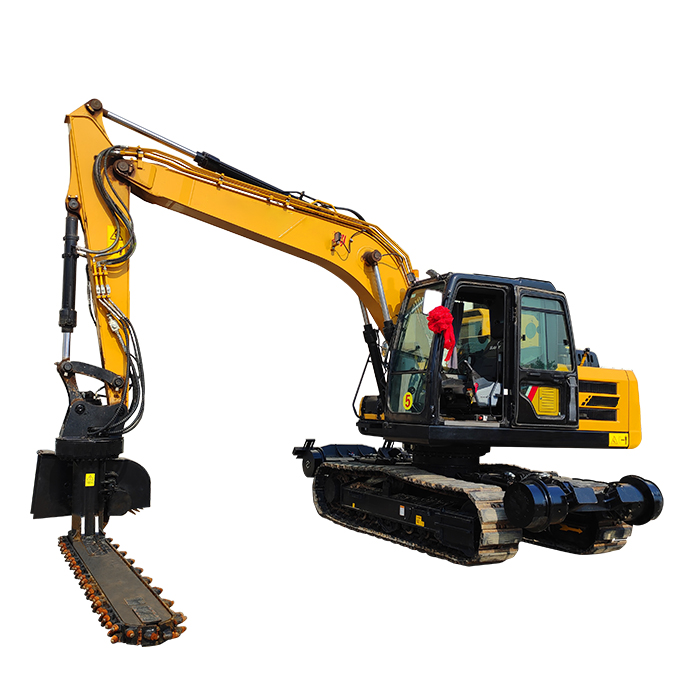 VIEW MOREBallast Blaster Undercutter
VIEW MOREBallast Blaster Undercutter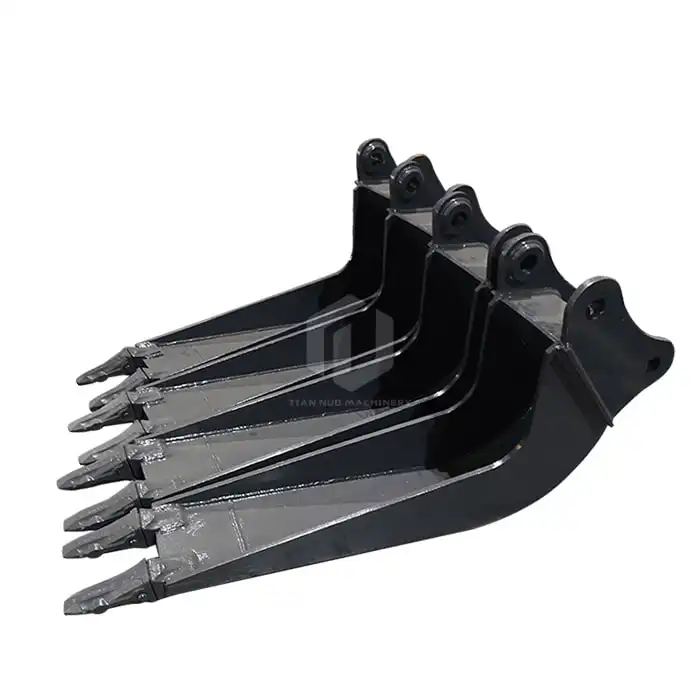 VIEW MOREExcavator Railway Ballast Cleaning Bucket
VIEW MOREExcavator Railway Ballast Cleaning Bucket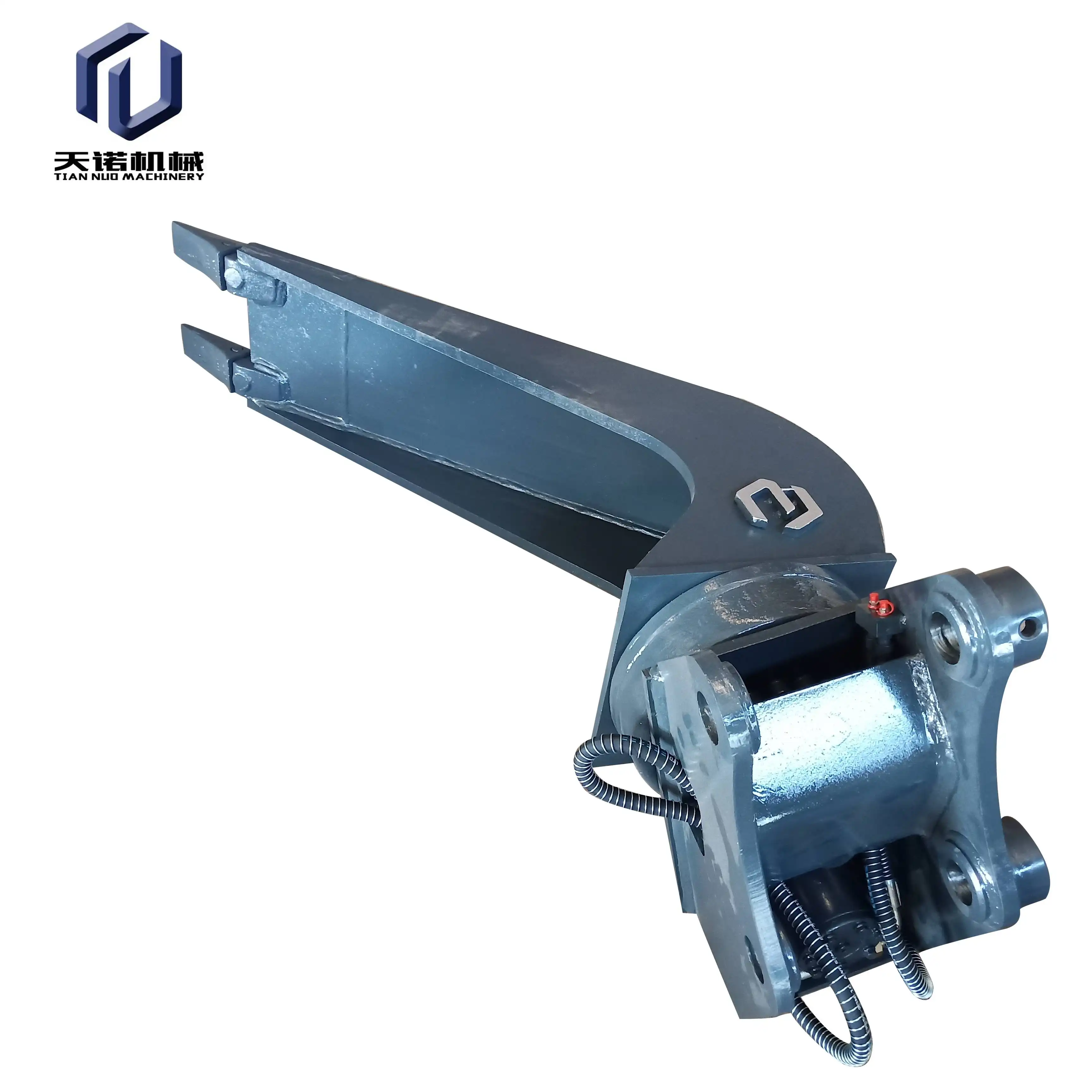 VIEW MOREExcavator ballast cleaning hopper
VIEW MOREExcavator ballast cleaning hopper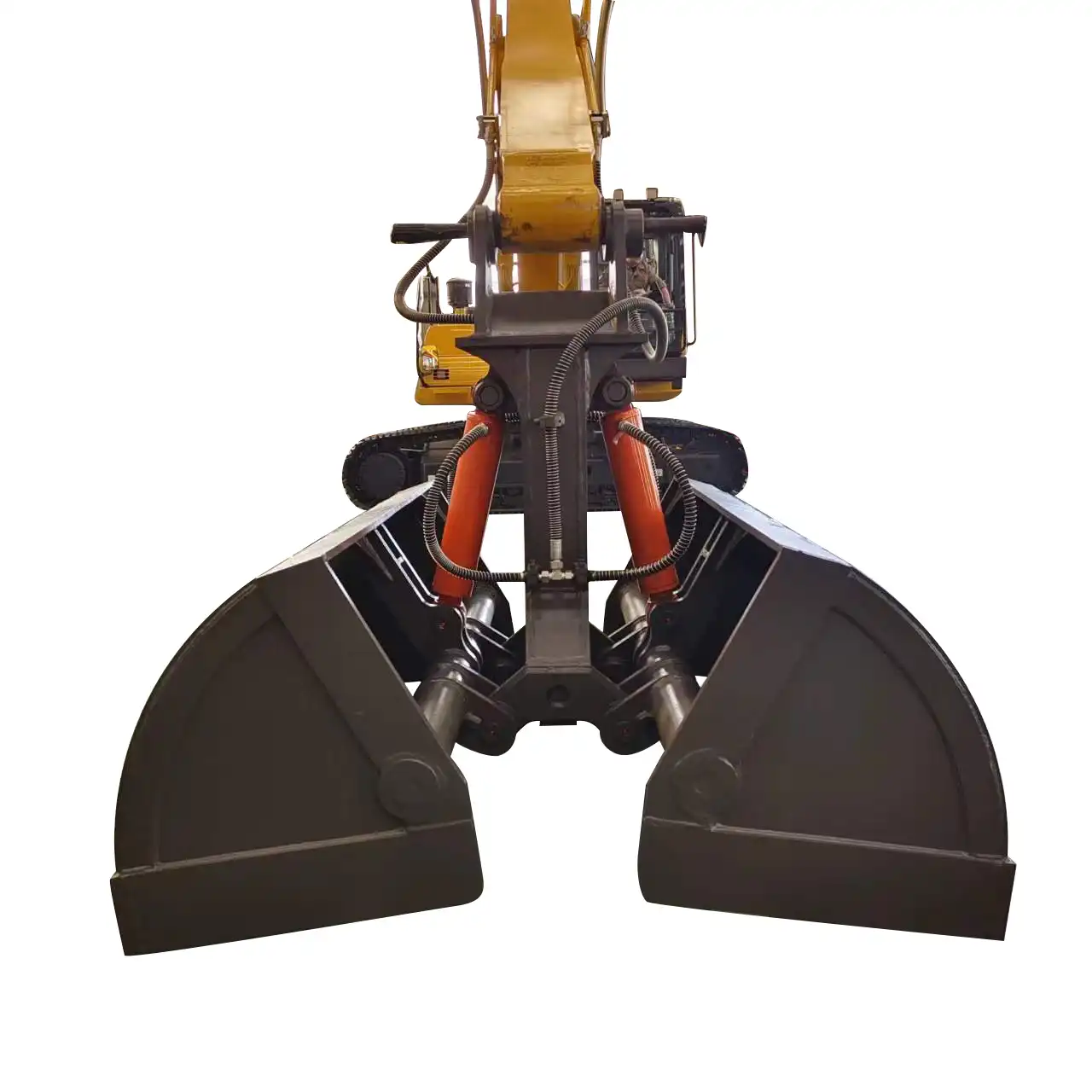 VIEW MOREClamshell Buckets for Excavators for sale
VIEW MOREClamshell Buckets for Excavators for sale_1740558626327.webp) VIEW MORERailway track sweeper
VIEW MORERailway track sweeper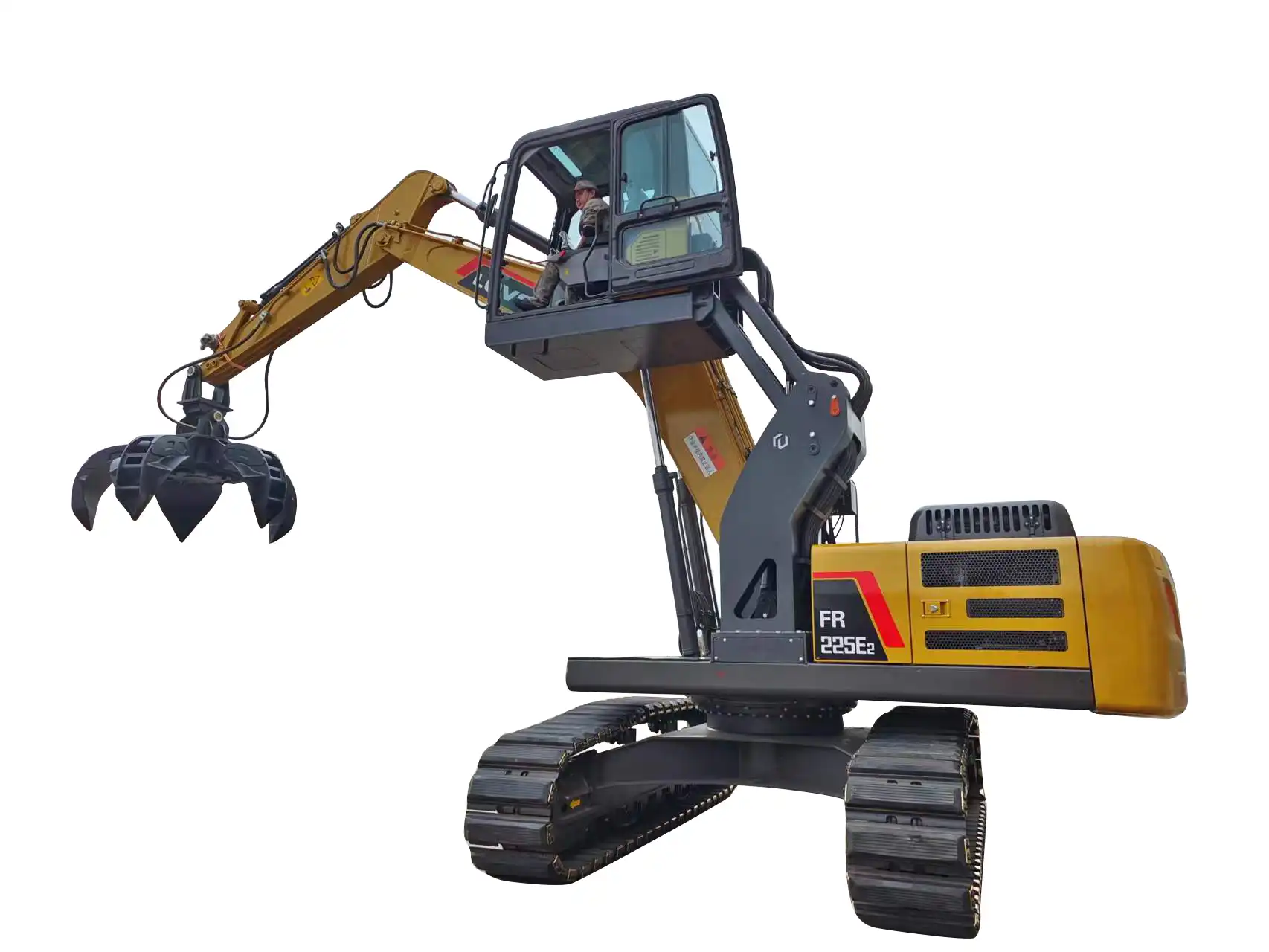 VIEW MOREExcavator lift cab modification
VIEW MOREExcavator lift cab modification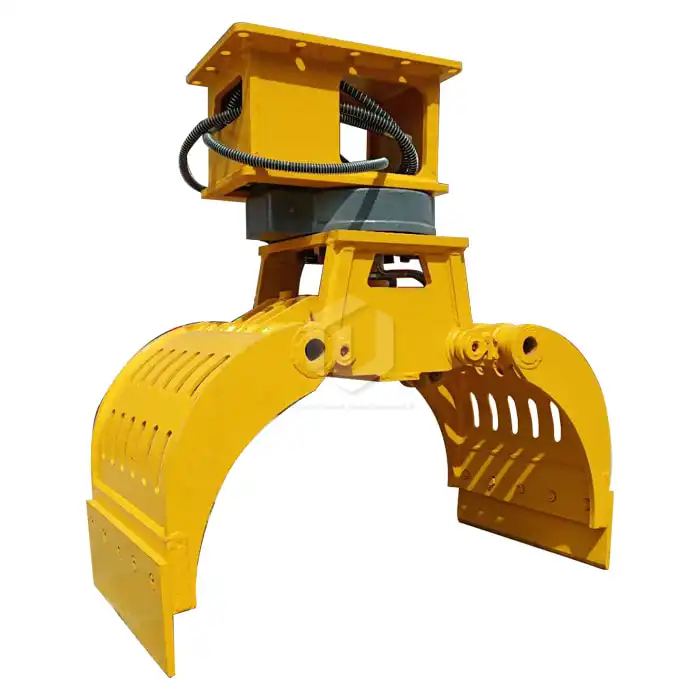 VIEW MOREExcavator Gripper
VIEW MOREExcavator Gripper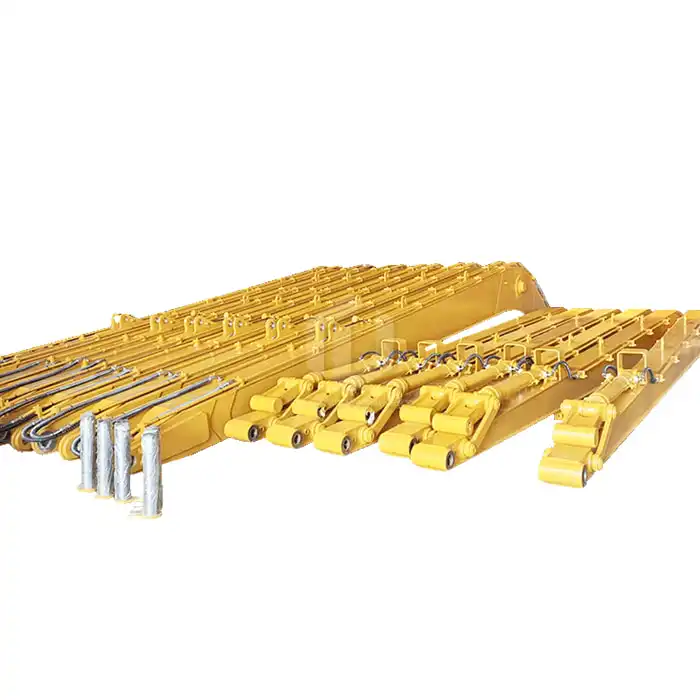 VIEW MOREExcavator Extension Arm
VIEW MOREExcavator Extension Arm

